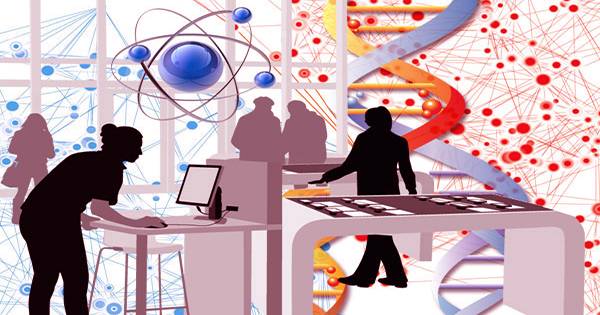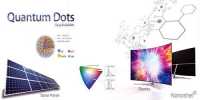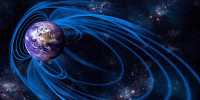Gone are the days when classical substances (solids, liquids, gases, plasmas) were important in everything. Many new complex states have been observed, including Bose-Einstein condensates and neutron-degenerate substances, often in extreme conditions. At Northwestern University in Boston, a team of researchers accidentally stumbled upon an important factor in room temperature. This component provides a new way to transfer electrical charge, creating new possibilities for the future of modern technology.
Swastik Kar, an associate professor of physics at Northeastern and co-author of the paper describing the new matter, said in a statement, “I’m tempted to say it’s almost like a new episode because it’s just perfectly electronic.”It can change the way we detect signals and communicate. It can change the way we store things and information and realize the possibilities that we have not yet considered. “
Kar and his colleagues were tying up ultra-thin layers of 2D material, which occurred during the discovery that a few molecules were thick. In this example, they stacked a layer of bismuth selenide on top of a layer of transition metal dichalcogenide. Instead of the electrons in the elements as expected, they formed a stable electronic latex-style pattern between the two layers.
Kar said, whose team’s results were published in Nanoscale, “At certain angles, these materials seem to form a way to divide their electrons which forms this geometrically alternating third lattice.”
Even after verifying the discovery through electronic microscopy, Carr was still convinced that a mistake had been made, because a similar phenomenon was only observed at very low temperatures, sometimes not at room temperature like the discovery. “Have you ever looked around the pasture and seen an apple tree with a mango hanging from it?” Kar asks. “Of course we thought something was wrong. It can’t be. “
Repeated tests and experiments yielded the same results, which led other researchers to understand how this lattice-like pattern of charged spots was theoretically possible. They found that the holes were made with quantum mechanical factors, including the arrangement of 2D layers, which enabled the production of charge poles.
Arun Bansil, a university distinguished professor of physics at Northeastern, explained in a statement, “They like these areas wherever they are. If you like, there’s some kind of hole in the potential landscape, which is enough to force these electrons to make these poodles charge.” “The only reason electrons turn into debris is because there are potential holes.”
Although they are still in the early stages of understanding the phenomenon, researchers are excited about its potential impact on electronics, sensing and detection systems, and data processing in the future. Kar said, “At the moment the excitement is able to potentially show something that people never thought could be at room temperature.” “And now, the sky is the limit in terms of how we can use it.”
















